Following up on a visit from Darwin Community Arts to Kulidan kitchen&space in May 2023, together with Ika Yuliana, an alumna of Future Leaders Art held by the Australia Council, from that meeting, we plan to continue and create long-term collaboration in the form of artist exchanges and residencies. The artists who will be involved are artists from Bali, Indonesia and artists from Australia.
During her visit to Bali, Amina Mc Conwell, DCA Curator and Program Manager, said that Kulidan and DCA have the same mission, namely empowering young artists and developing local culture. In the short term, DCA will invite us to take part in a cultural exchange held in a program held at Untitled Gallery+Studio, Darwin.
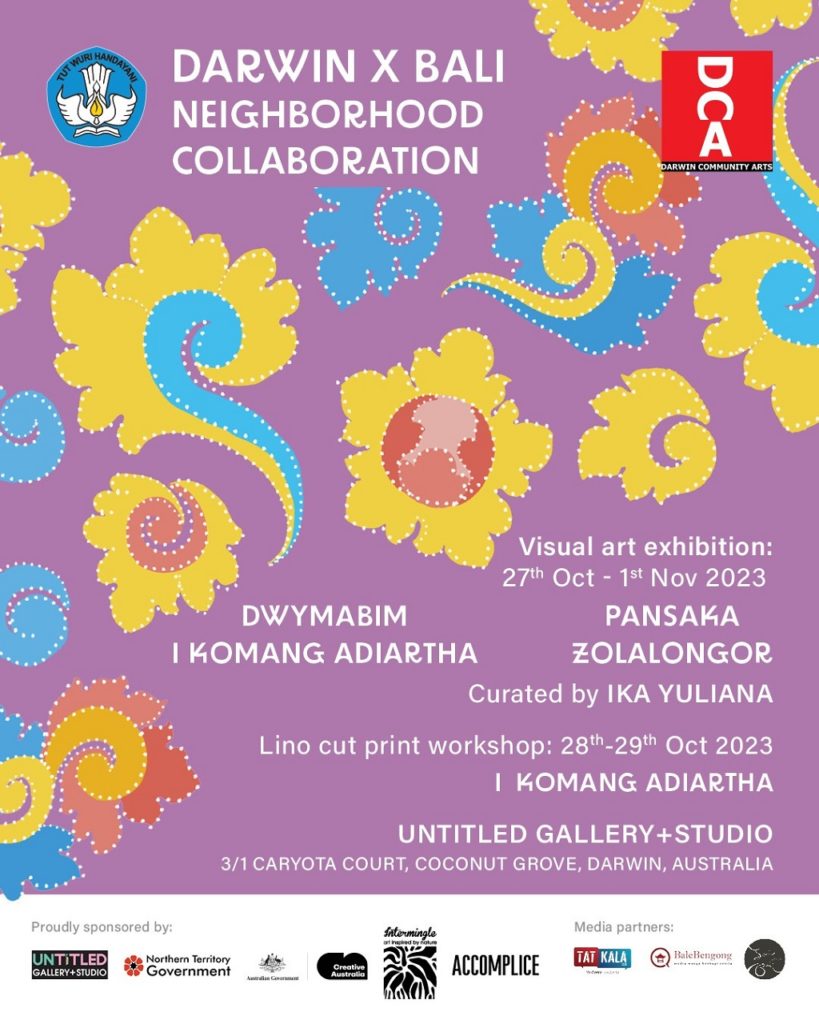
UNTITLED GALLERY + STUDIO, Darwin Community Arts, Darwin Australia, 27 Oct-1 Nov 2023
In the future, from this cultural exchange meeting, it is hoped that we will learn from each other and understand each artist’s potential and interests to be able to create collaborative programs. This cultural exchange program is very important in order to mutually understand and appreciate the culture of each entity, so that there is an opportunity to produce new and hybrid works.
In the Bali x Darwin Neighborhood Exchange program, the Kulidan Art Project will display the works of four artists, namely:
Dwymabim @dwymabim
Zolalongor @zolalongor
Pansaka @pansaka_
I Komang Adiartha @ikomangadiartha
Curated by Kulidan Art Project and Ika Yuliana @ikanation
The participants presented were curators from the Kulidan Art Project and Ika Yuliana Nasution. Apart from the exhibition, we will also hold workshops and meet with artists and the street art community in Darwin. The exhibition and workshop both take the theme of Balinese ornaments. Embodying the theme, by elaborating on Balinese ornaments, by presenting them in a contemporary feel. In the context of making ornaments contemporary and acceptable to the younger generation, of course this effort is still ongoing to carry out searches, in order to find alternatives that suit the spirit of the times.
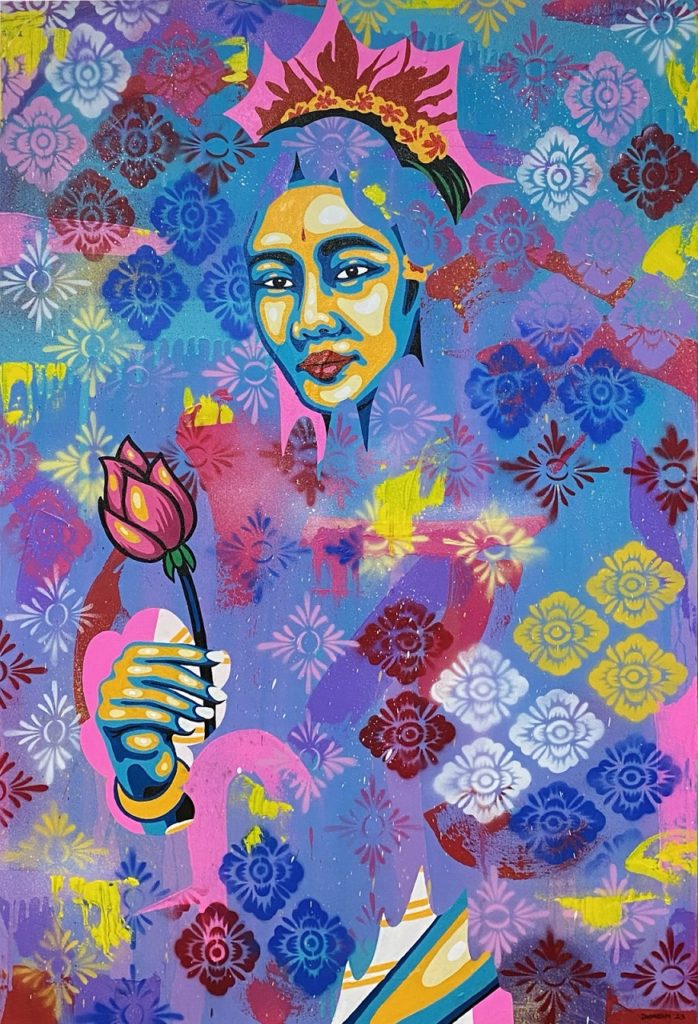
.
After looking closely at the elements in Balinese ornaments, it was found that many adopted things related to grains, such as batun timun (cucumber seeds), batun poh in patra punggel, there is also taluh Kakul, etc. From these elements, we interpret them into seeds, is it possible that the patra elements in the ornament contain advice for protecting seeds, making conservation efforts, food security and food sovereignty?
In general, Balinese ornaments are grouped into 3 large groups. The first is Pepatran, namely, ornaments stylized from plant forms, second, kekarangan, this is a stylization of the shapes of animal heads or faces, for example there is Elephant coral, Paksi coral or Guwak coral, Boma coral, etc., The third is keketusan, ornaments in the form of repetition such as taluh Kakul, batun timun, gold, etc.
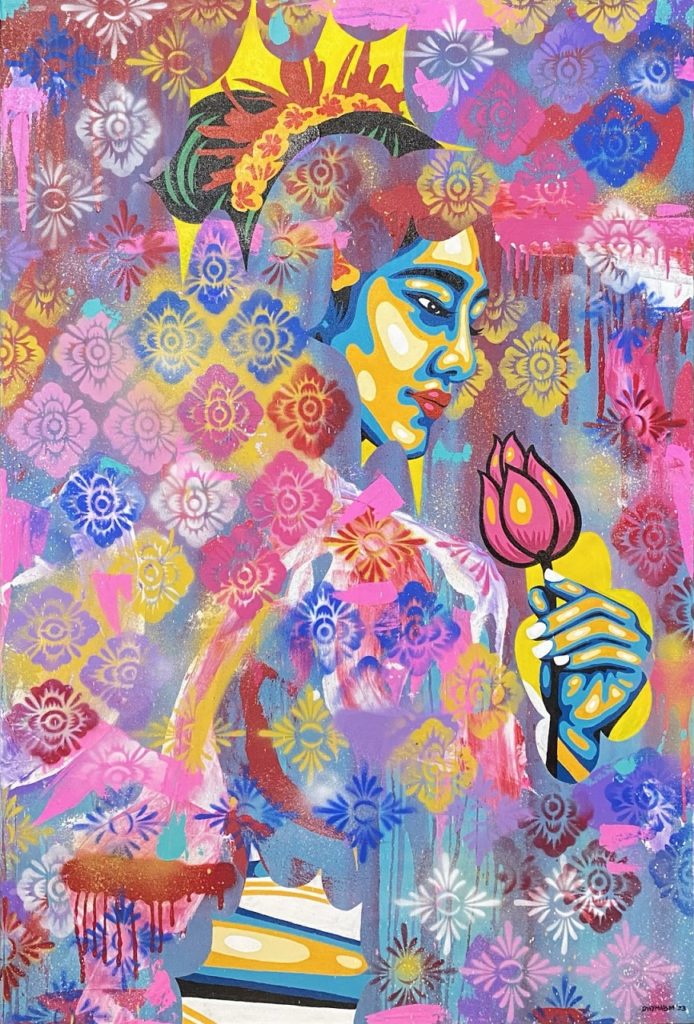
.
What is interesting is that Balinese artists have long perceived and acculturated Balinese ornaments with ornaments from other countries, this can be observed from the existence of Egyptian Patra, Chinese Patra, Welanda patra, etc.
Or will there be, perhaps, an Aboriginal Patra? [T]




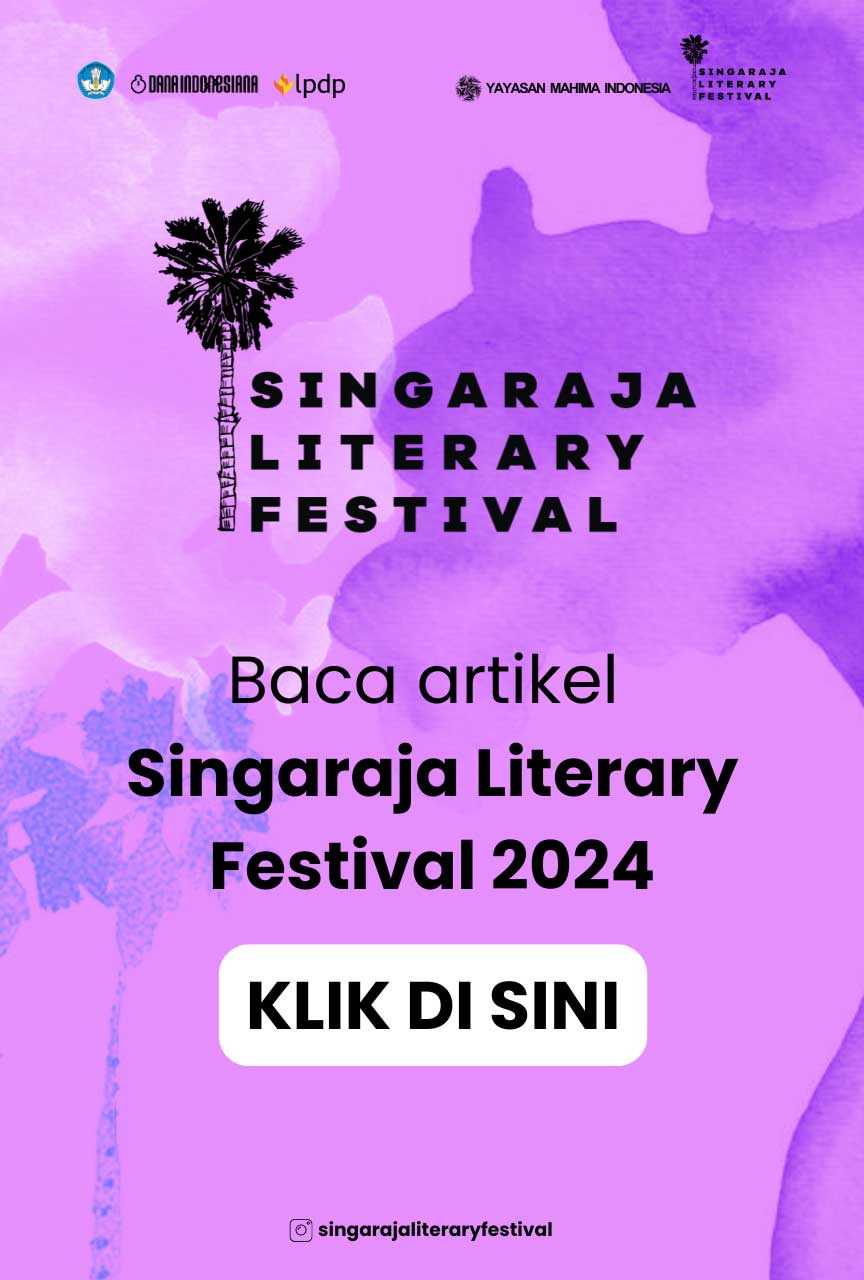
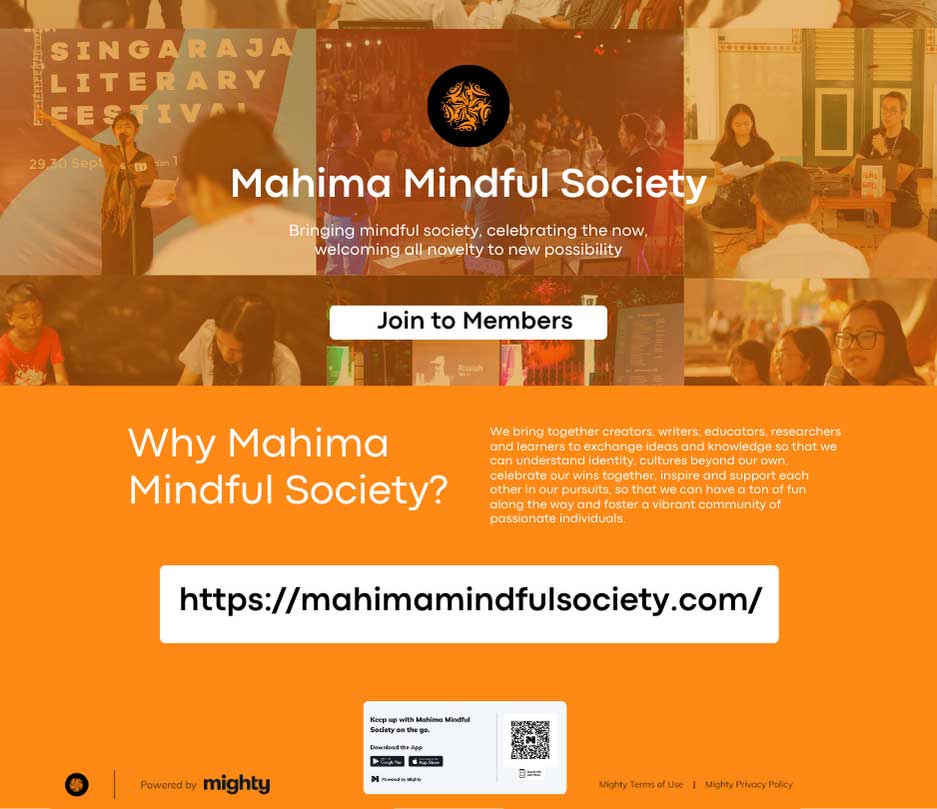

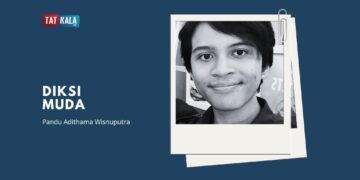


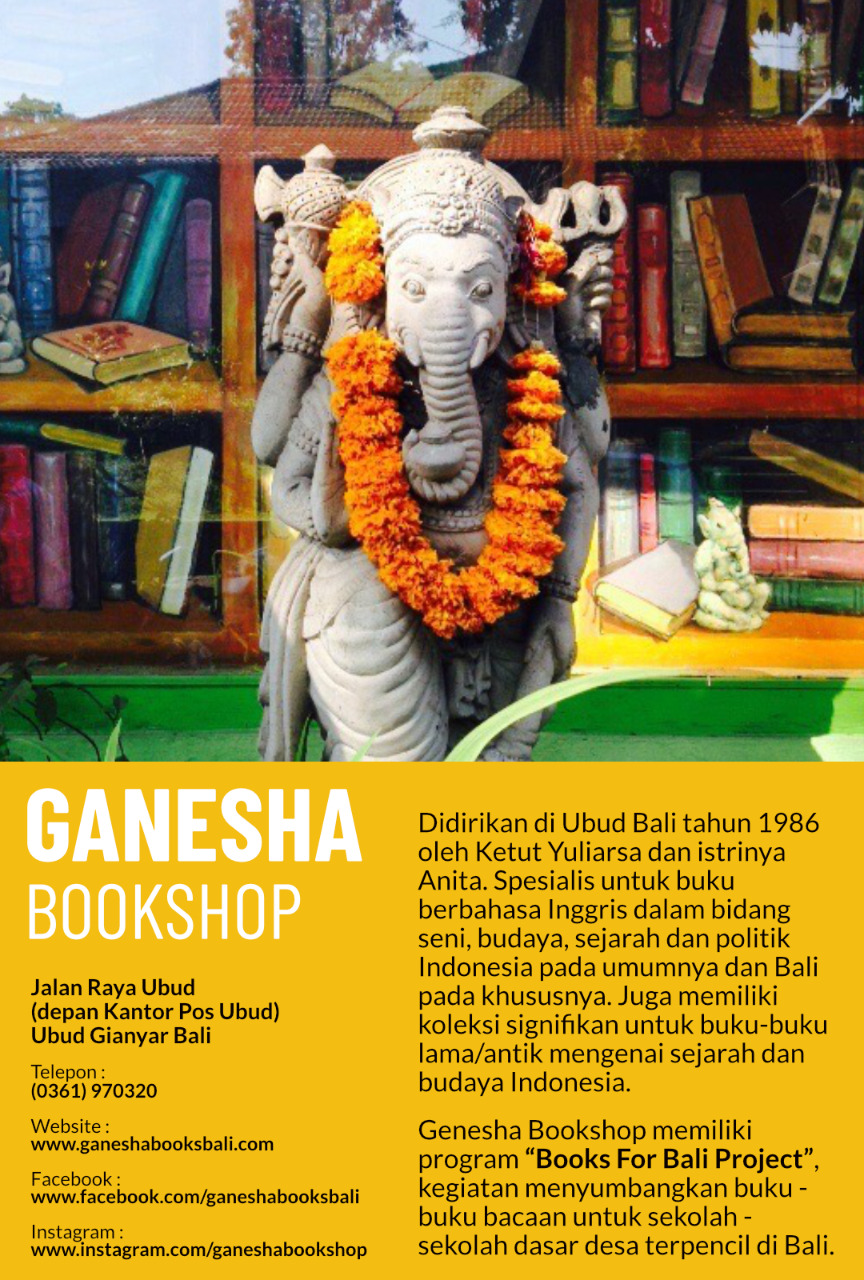
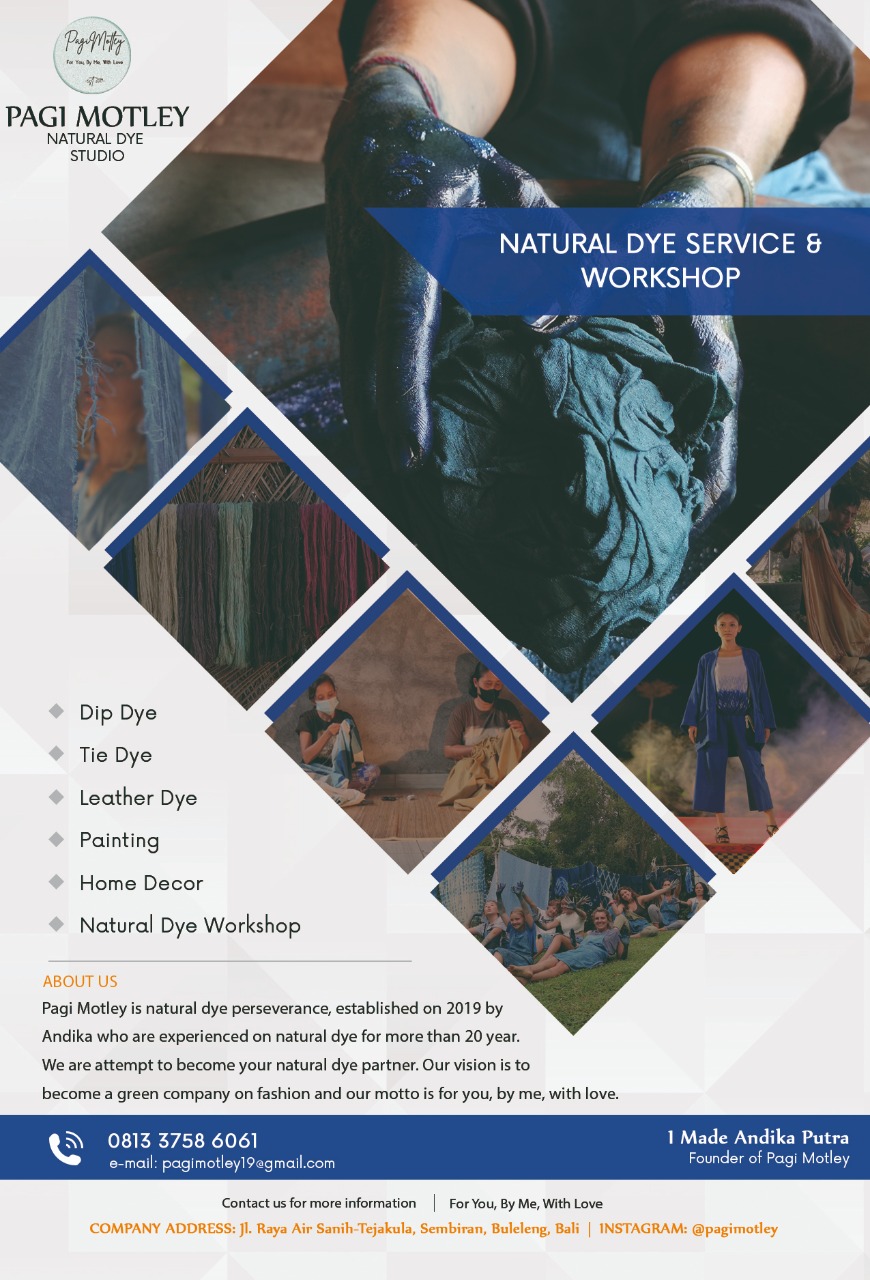








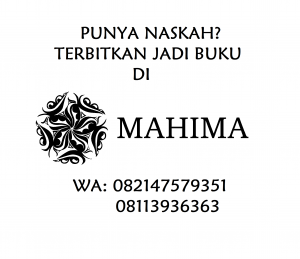
![Kampusku Sarang Hantu [1]: Ruang Kuliah 13 yang Mencekam](https://tatkala.co/wp-content/uploads/2025/01/chusmeru.-cover-cerita-misteri-120x86.jpg)










